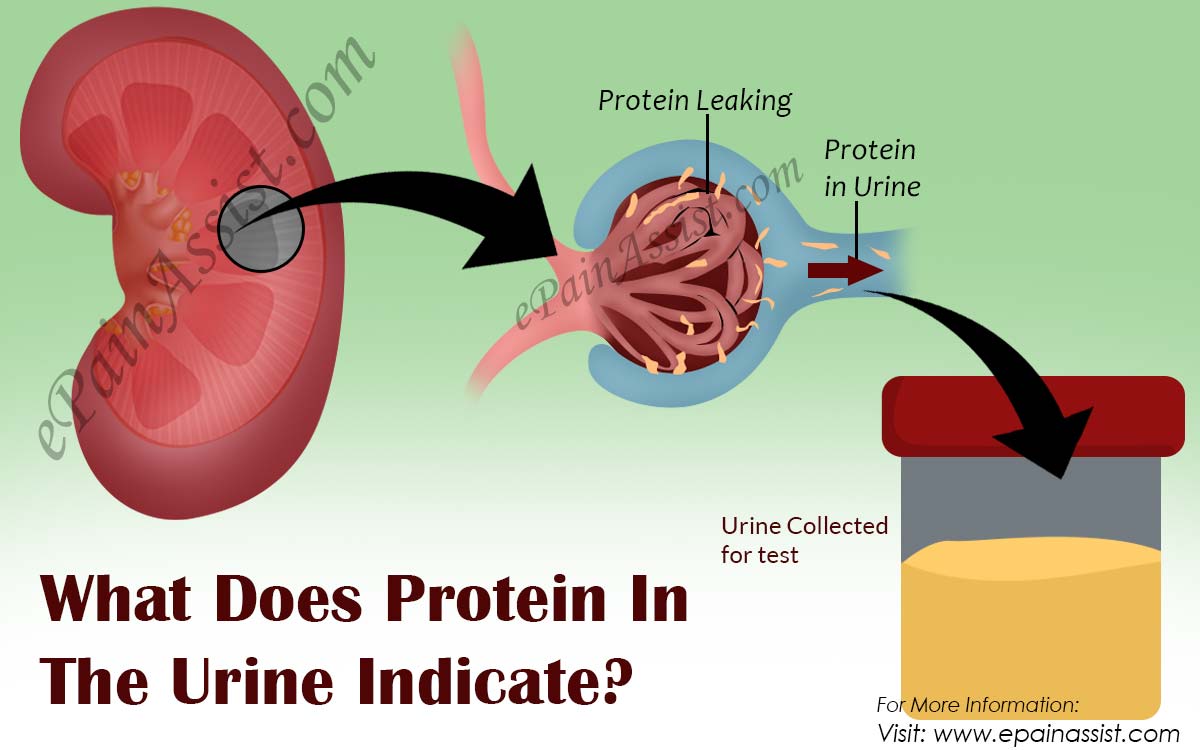Kidneys play a crucial role in the body, as they assist in removing impurities. It is the filtration system and ensures that the organs are receiving blood without impurities. Nevertheless, there are cases where people tend to develop kidney disorders in situations such as hypertension, high fever, and diabetes. Due to this, it becomes difficult for the individual to have a healthy functioning of the filtration system carried out by the kidneys.
Due to the situation faced by the individual, there is an excess release of protein content from the body through the urine. With the increased release of protein, the individual experiences the development of proteinuria, a condition related to the renal disorder. In some cases, the person also releases albumin, termed as microalbuminuria, which appears in the beginning stages of renal diseases.

What Does Protein In The Urine Indicate?
Proteinuria can occur in different types. However, temporary or transient protein content is present when the person experiences high fever, dehydration, diabetes, and high blood pressure. One will also show the symptom when they participate excessively in physical activities. Nonetheless, the presence of the protein in such cases does not mean that the person has renal disorders. It is possible to bring down the protein values to normal after following the prescribed treatment.
When the case is persistent, the protein content in the urine becomes abnormal. Patients suffering persistent attacks receive a continuous diagnosis to monitoring the fluctuations in the protein content. When the collection of the protein content exceeds more than 80 mg in a day, the case falls under abnormal. It is here that the doctor can confirm the protein content due to renal or kidney disorder. It includes abnormalities due to glomerulus and nephrons. Due to this, the kidney fails to filter the impurities and the reabsorb the needed proteins. Such a scenario leads to excretion of protein through urine. In many situations, it leads to bladder infections, heart diseases, kidney failure, and multiple myeloma. A few medicines are also responsible for proteinuria condition. When a person shows the signs of excretion of protein through urine in early stages of hypertension or diabetic, person is prone to kidney or renal diseases and attending to the same is necessary.
Symptoms
Due to nil visible signs of the condition, it becomes challenging to note its presence in the early stages. However, the people who are prone to hypertension and diabetes have the opportunity to record the presence as part of their routine checkup. Foamy urine is also one of the indicators for the excessive presence of protein or improper functioning of the kidneys. In many patients, albumin also releases along with protein, which results in the release of fluid from the blood circulatory system. The release of the liquid into the bloodstream results in edema.
Diagnosis
Dipstick color indicators are helpful in recognizing the presence of excess or nil presence of protein content in the urine. Even if the diagnosis shows the presence of the protein content in the urine, it may not provide complete details behind the occurrence. It is here that the diagnostic center chooses to perform microscopic analysis of the cell population followed by a diagnosis of albumin. The abnormal levels indicate the presence of renal or kidney problems.
Treatment
The treatment procedure changes from one to another and the underlying cause of protein in the urine. As the occurrence is usually due to hypertension and diabetes, doctors begin treating the same and diagnose the levels to proceed ahead. Medications include receptor blockers, which helps in controlling the sugar and blood pressure levels.
- “Proteinuria (Protein in Urine)” – Learn about proteinuria and its causes from the National Kidney Foundation.
- “Proteinuria: Overview” – Overview of proteinuria, its diagnosis, and management from Cleveland Clinic.
- “Proteinuria in Kidney Disease” – Information on proteinuria in kidney disease patients from the American Kidney Fund.
- “Kidney Disease and Proteinuria” – Get insights into proteinuria and its connection to kidney disease from the National Institute of Diabetes and Digestive and Kidney Diseases.
- “Proteinuria (Protein in Urine)” – Mayo Clinic’s resource on proteinuria and its implications for health.
- “Microalbuminuria” – Information on microalbuminuria and its significance in detecting kidney problems from MedlinePlus.
- “Kidney Function Tests” – Explore kidney function tests, including the assessment of proteinuria, on Lab Tests Online.
- “Proteinuria in Diabetes” – American Diabetes Association’s information on proteinuria in individuals with diabetes.
- “Hypertension and Kidney Disease” – Learn about the relationship between hypertension and kidney disease on the American Heart Association’s website.
- “Proteinuria: Treatment and Medications” – Information on treatment options for proteinuria from Healthline.
